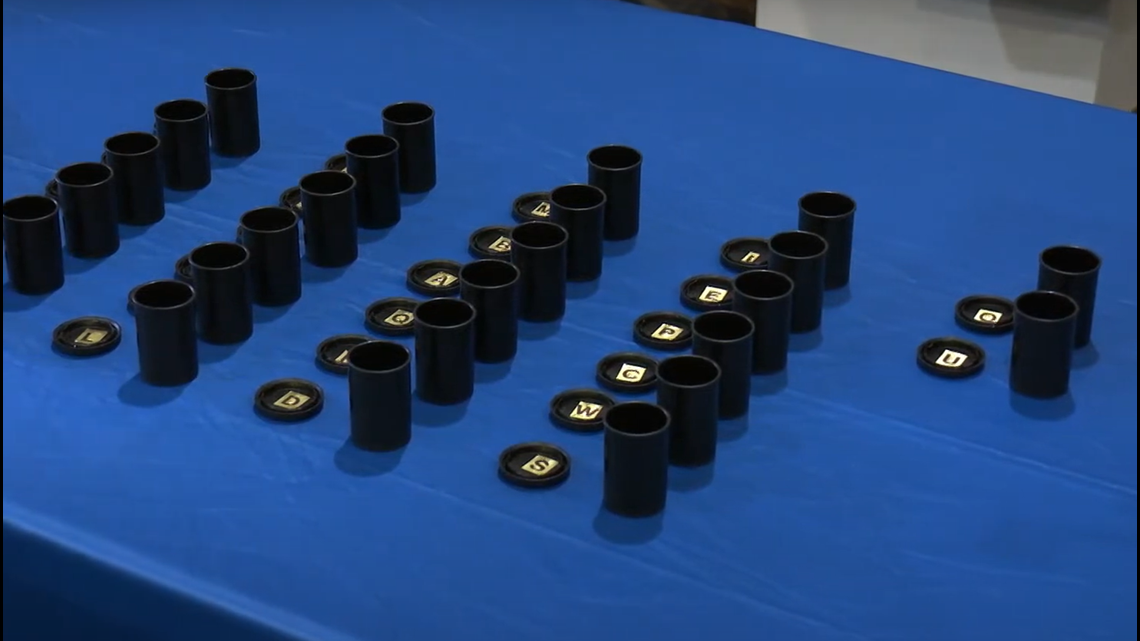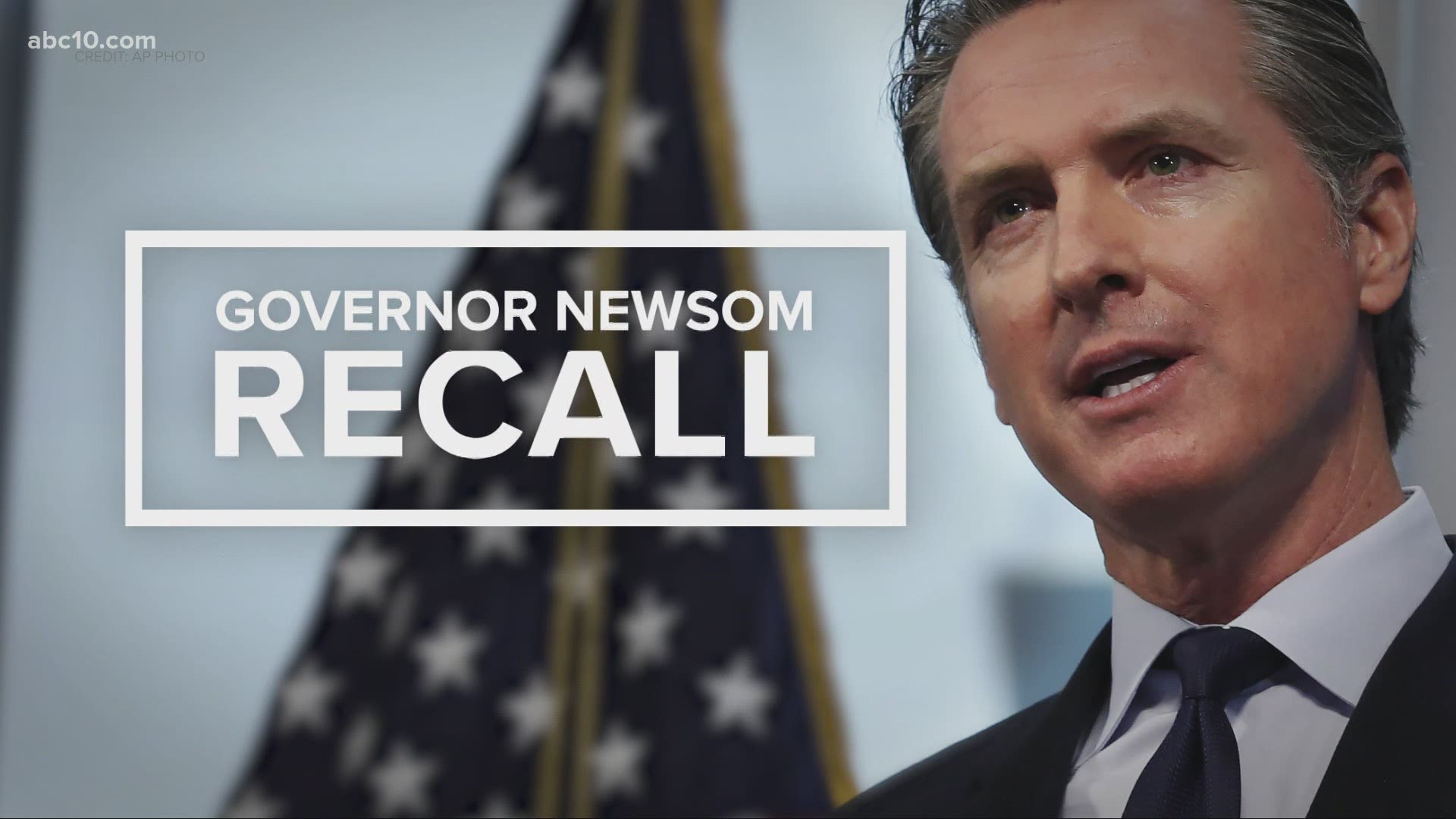SACRAMENTO, Calif. — The California Secretary of State’s Office held a randomized alphabet drawing to determine the order candidates will appear on the ballot for the upcoming gubernatorial recall election on Sept. 14.
According to Jenna Dresner with the Secretary of State’s Office, the resulting order of letters is organized starting with the candidate’s last name. If more than one candidate's last name begins with the same letter, then the second letter is used to determine the order and proceeds from there until different letters appear in the same position.
The final order selected is as follows:
X, K, T, V, F, N, R, G, J, Y, Z, L, M, B, A, Q, H, D, I, E, P, C, W, S, O, U
Because there is no candidate whose last name starts with an “X”, the next letter, “K”, will actually be the first to appear on the ballot. Based on the results of the drawing, Green Party candidate Daniel I. Kapelovitz should be the first name listed on the ballot.
The randomized alphabet drawing has been a state law in California since 1977. According to a Harvard study, it happened after a court decided that putting the incumbent first on the ballot – or even listing them in standard alphabetical order – is unconstitutional.


Political analyst Steve Swatt said the recall vote is actually a two-step process.
“First you ask the voter, 'Do you want to recall Gavin Newsom as governor?' And you vote. If the answer turns out to be yes, then you go to a second question, 'Out of these 41 or so replacement candidates, which one would you like to vote for?'” said Swatt.
If the answer is no, then the election is over.
Swatt said polling that showed much higher enthusiasm among Republican voters should worry Democrats.
“If they turn out in huge numbers, then they could outnumber the very few Democrats who turn out," he said.
California Recall Fast Facts
On July 17, California Secretary of State Shirley Weber released a list of the 41 candidates who qualified to run in the recall election. About 70 candidates initially filed a statement of intent to run with the secretary of state, according to Ballotpedia.
The final day for candidates to file paperwork to run in the recall election was July 16.
The final report from the Secretary of State's office, released on June 23, validated 1,719,943 signatures on the recall petition. The recall effort needed 1,495,709 verified signatures to trigger a recall election. Approximately 441,406 signatures were invalidated.
Only 43 people of the more than 1.7 million Californians who signed the recall petition chose to remove their name from the list.
On July 1, Lt. Gov. Eleni Kounalakis finalized the cost of the election at $276 million.
Read more ABC10 stories about the recall:
- Who's in? California recall candidate list draws confusion
- California secretary of state releases list of 41 candidates running for recall election
- Caitlyn Jenner flies to Australia months before California recall election | Newsom Recall Updates
- No, there are not more people registered to vote than eligible voters in Sacramento County | Verify
- Gov. Newsom denied from having party affiliation on recall ballot

